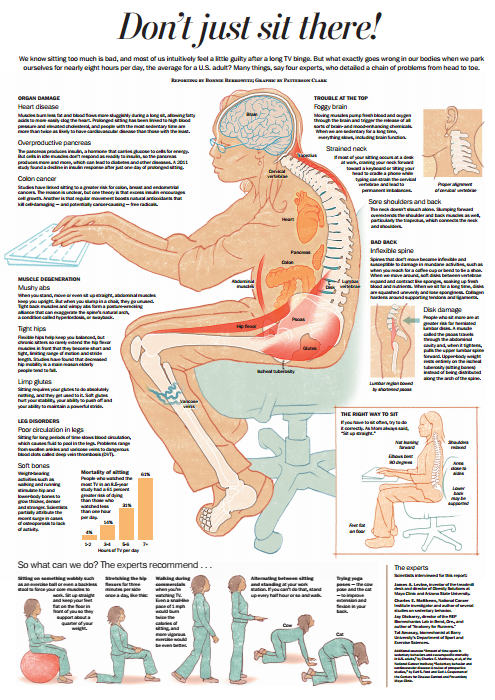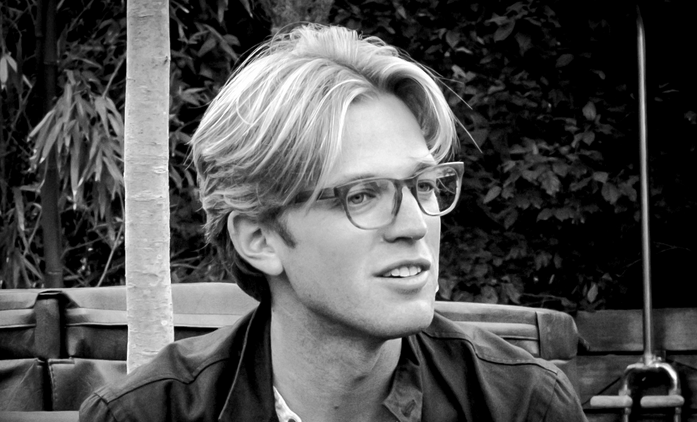My favourites from the list (bolded):
7. “If I wanted to be a doctor today I’d go to math school not med school.” Vinod Khosla
12. “One of the best things data can enable us to do is to ask questions we didn’t know to ask.” Vinod Khosla
16. “Turn your HIPAA status into marketing materials and put it in the sales deck with the goal pre-empting the Chief Security Officer or the like. Otherwise, you spend most of a sales conversation fighting them off with compliance questions.”
21. “When considering an acquisition, on either end, make sure your missions and operations are tightly aligned; it will make the onboarding process that much easier, and the long-term success of the marriage much more likely.”
24. “After 5 deals, start to get your pricing right. Ask a trusted internal champion (that you’ve already sold to) if they would’ve paid more.”
28. “Build trust with potential customers by teaching them about the market.”
29. “Get out of R&D, they tend to just kick around the tires.”
30. “The first hospital customer is really difficult. By 10 it gets easier. At 25, you should know how to scale.”
31. “Early on, find a ‘development partner’ hospital to work with. Find a hospital that’s well respected as well as progressive.”
33. “Don’t give away your product for free (to a hospital), or they won’t value or use is.”
35. “Find an influencer in the industry to serve as your ‘reference customer.”
36. “You can hide from the FDA until you impinge on an incumbent’s business. They’re going to point you out very quickly to the FDA if they feel threatened. Startups are always carrying that risk, and thus it’s better to be proactive.”
http://rockhealth.com/2014/02/top-quotes-lessons-digital-health-ceo/
38 lessons from digital health CEOs
Mollie McDowell
February 09, 2014
With keynotes from healthymagination VP and CEO Sue Siegel, prolific VC Vinod Khosla, Oscar Insurance founder Joshua Kushner, and TechCrunch Managing Editor Leena Rao on top of 20 breakout sessions with leading digital health executives, our 2014 CEO Summit covered everything from hardware pro-tips to selling tactics and ‘Fun with the Feds’.
Relive the magic and dive into the top 38 quotes and lessons learned throughout the day, as told by digital health CEOs.
The state of things
1. “Healthcare is yet to be transformed by technology.”
Joshua Kushner
2. “The state of healthcare today is that we are busy in the practice of medicine vs. being in the science of medicine.”
Vinod Khosla
3. “We humans think linearly but tech trends are exponential.”
Vinod Khosla
4. “People like Congress more than their health insurance companies.”
Joshua Kushner
5. “People don’t really understand the difference between health coverage, benefits, plans, services, etc. That’s not the way consumers think—it’s all wrapped up together.”
Alternative Delivery Models / Insurance Reform
6. “The net promoter score of health insurers averages 4/100. Amazon is 74/100.”
Joshua Kushner
Breaking in
7. “If I wanted to be a doctor today I’d go to math school not med school.”
Vinod Khosla
8. “You need a degree of foolishness to cause disruptive change in healthcare. Dare to dream.”
Vinod Khosla
9. “Learn to cold call.”
Selling to Hospitals session
10. “If you’re going to re-invent healthcare you have to start from scratch.”
Vinod Khosla
11. “Spreadsheets are fiction. Believing in what you’re doing and what you’re building is what’s important.”
Vinod Khosla
12. “One of the best things data can enable us to do is to ask questions we didn’t know to ask.”
Vinod Khosla
Business
13. “A great CFO can make going public all the easier; make sure you’re under good leadership, because the experience is extraordinarily difficult.”
Steps to an S-1 session
14. “Find your competitor’s FDA consultants (look at the predicates for your own device). A lot of times the academic site where the clinical testing was done is a good lead.”
FDA session
15. “HR is a cost center, a burden on the organization and getting squeezed.”
Selling to Employers session
16. “Turn your HIPAA status into marketing materials and put it in the sales deck with the goal pre-empting the Chief Security Officer or the like. Otherwise, you spend most of a sales conversation fighting them off with compliance questions.”
HIPAA session
17. “Find P&L owners (Brand Managers or Directors of Wellness); just don’t get stuck in the ‘Innovation’ group”
B2B Partnerships session
Money, money, money
18. “Don’t bother with crowd-funding schemes that involve selling equity in the company, they’re very confusing.”
Navigating Funding Channels session
19. “Do not apply for grants that are not perfectly aligned with your business. Grant writing can take hundreds of hours.”
Free Money session
20. “Know your ROI and how it will reduce costs.”
Selling to Employers session
21. “When considering an acquisition, on either end, make sure your missions and operations are tightly aligned; it will make the onboarding process that much easier, and the long-term success of the marriage much more likely.”
Building, Transforming and Disrupting Through M&A session
22. “It’s important that you choose investors that trust you. If you pivot or if make other wild changes, you need to know that they have your back.”
Navigating Funding Channels session
23. “There are so many factors that aren’t in your control when trying to go public. If the window presents itself and you have done the necessary preparations, go for it. You never know when the window will close or the market becomes too inhospitable, and you may lose your chance.”
Steps to an S-1 session
24. “After 5 deals, start to get your pricing right. Ask a trusted internal champion (that you’ve already sold to) if they would’ve paid more.”
Selling to Hospitals session
Making good products
25. “No old person wants to buy tech thats made for old people.”
AARP
26. “The key to good product is invisibility for the user.”
Converting Skeptics session
How to play well with others
27. “Partnership is going to be absolutely key to taking healthcare to the next transition in evolution.”
Sue Siegel
28. “Build trust with potential customers by teaching them about the market.”
B2B Partnerships session
29. “Get out of R&D, they tend to just kick around the tires.”
B2B Partnerships session
…especially hospitals
30. “The first hospital customer is really difficult. By 10 it gets easier. At 25, you should know how to scale.”
B2B Partnerships session
31. “Early on, find a ‘development partner’ hospital to work with. Find a hospital that’s well respected as well as progressive.”
Selling to Hospitals session
32. “Avoid academic medical centers early on. They move too slowly and are full of committees. For-profit hospitals move faster.”
Selling to Hospitals session
33. “Don’t give away your product for free (to a hospital), or they won’t value or use is.”
Selling to Hospitals session
34. “Typical sales cycle to a hospital is 3-18 months.”
Selling to Hospitals session
35. “Find an influencer in the industry to serve as your ‘reference customer.”
Selling to Hospitals session
Keeping the Feds happy
36. “You can hide from the FDA until you impinge on an incumbent’s business. They’re going to point you out very quickly to the FDA if they feel threatened. Startups are always carrying that risk, and thus it’s better to be proactive.”
FDA session
37. “You have to get the lingo down. There’s no such thing as ‘HIPAA-compliant’ unless you are the Covered Entity. You (as a startup) are HIPAA-secure.”
HIPAA session
38. “Go above and beyond HIPAA-secure. There’s a distinction between ‘security’ (actually secure) and ‘compliance’ (checking the boxes).”
HIPAA session

 Assistant Health Minister Fiona Nash is under fire over the withdrawal of a food rating website. Photo: Katherine Griffiths
Assistant Health Minister Fiona Nash is under fire over the withdrawal of a food rating website. Photo: Katherine Griffiths
 A screen grab of the website before it was discontinued.
A screen grab of the website before it was discontinued.

 David Ryder/Getty ImagesJeffrey P. Bezos, the founder of Amazon.com.
David Ryder/Getty ImagesJeffrey P. Bezos, the founder of Amazon.com.

 Ready in 25 minutes
Ready in 25 minutes



